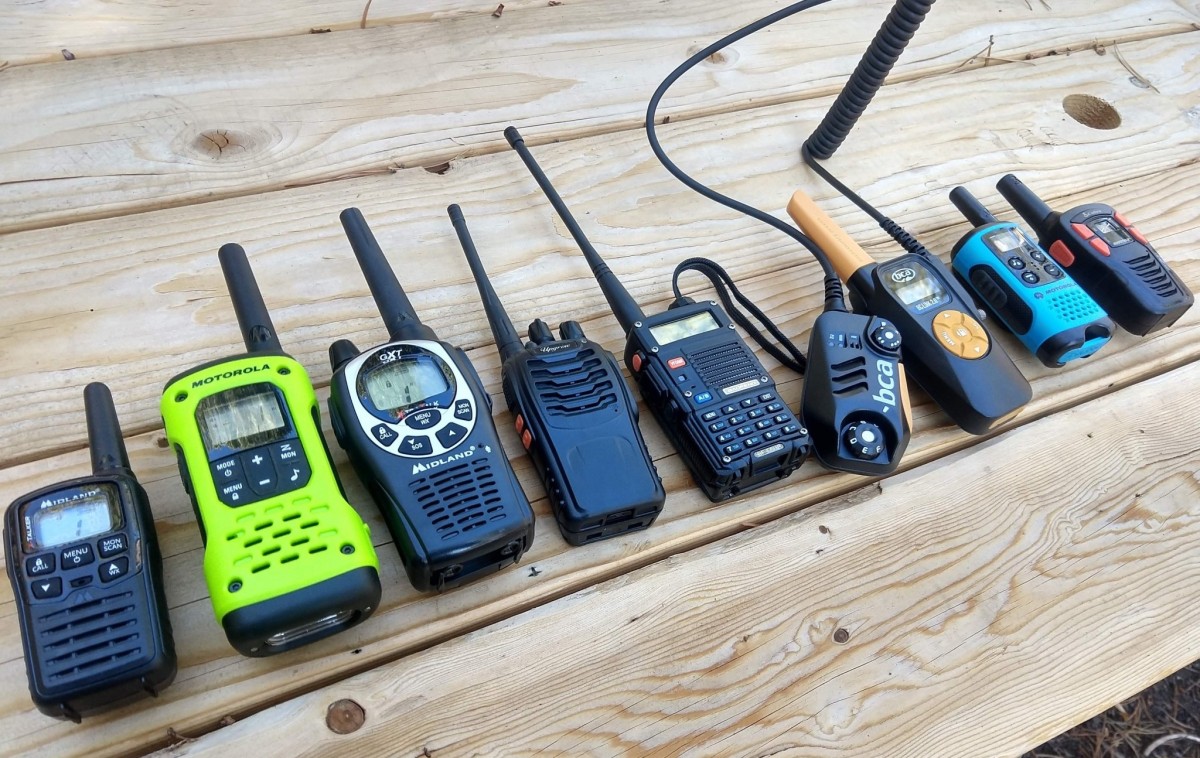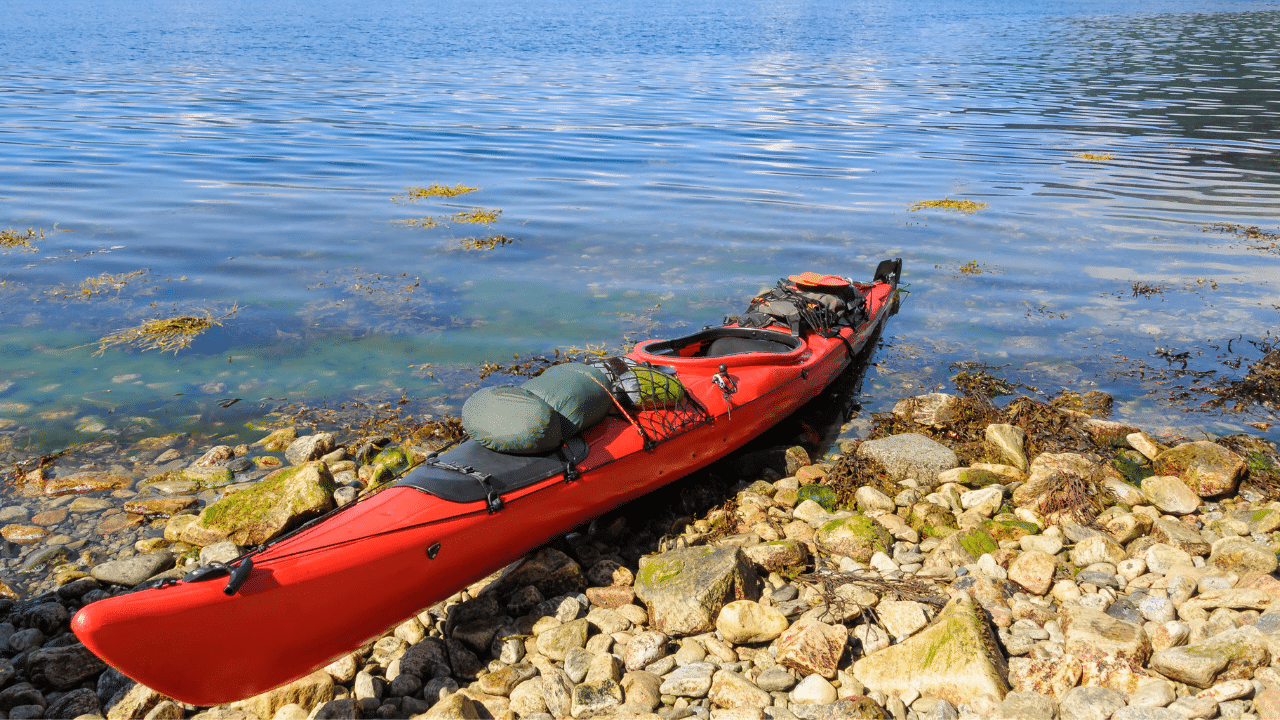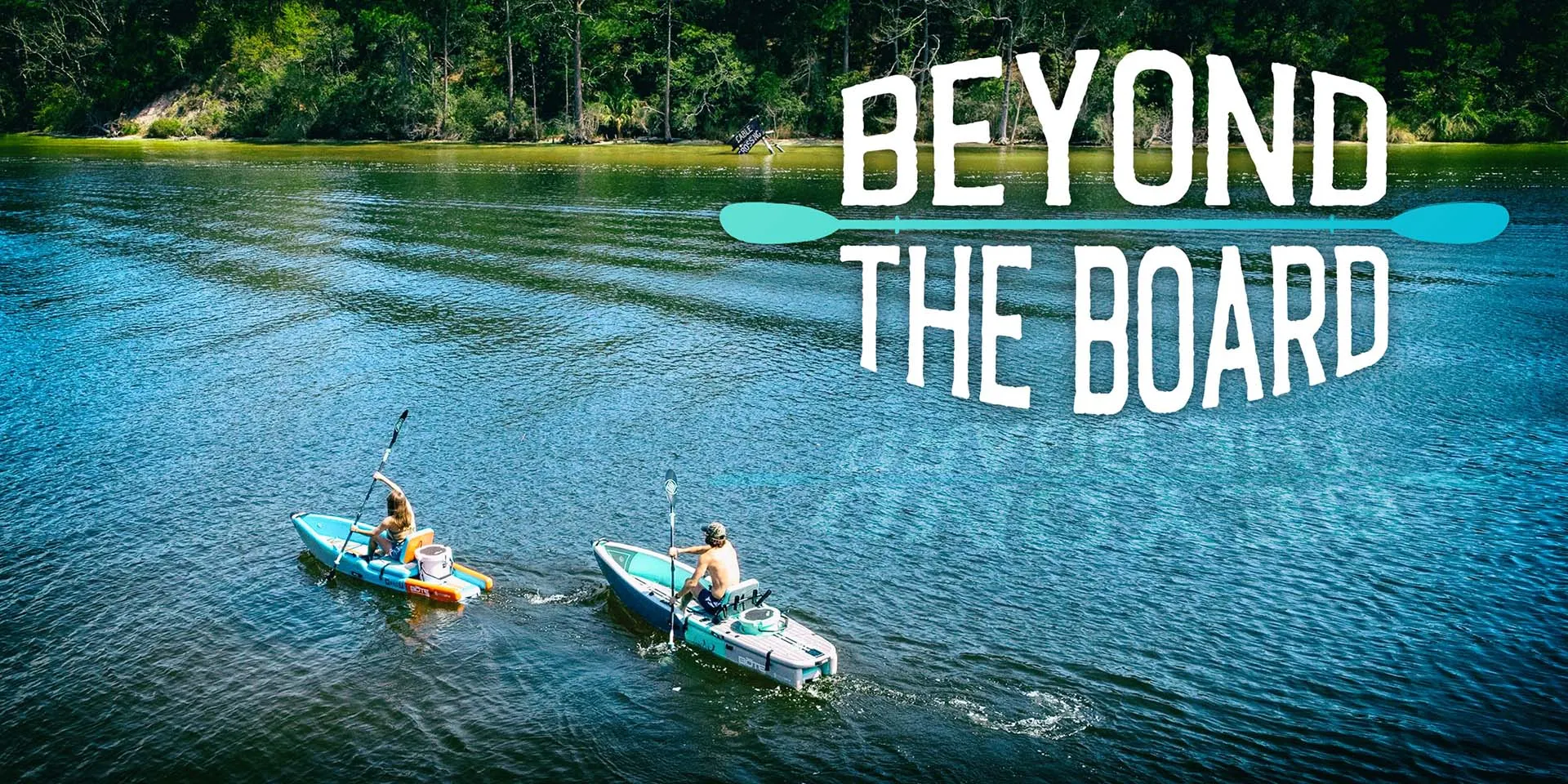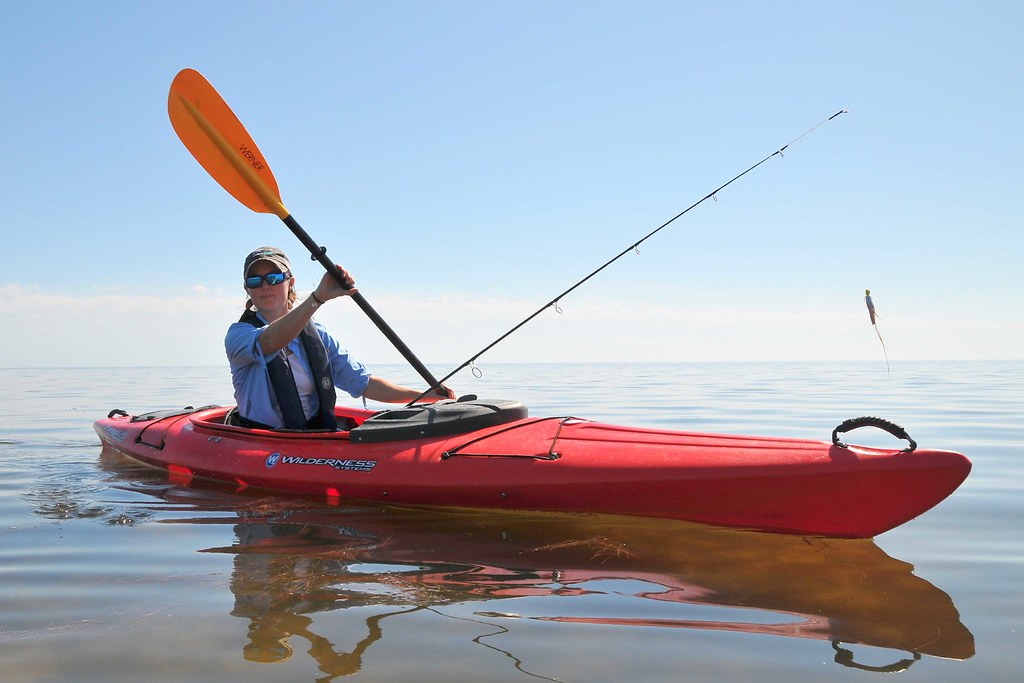
- Alabama
- Alaska
- Arizona
- Arkansas
- California
- Colorado
- Connecticut
- Delaware
- Florida
- Georgia
- Hawaii
- Idaho
- Illinois
- Indiana
- Iowa
- Kansas
- Kentucky
- Louisiana
- Maine
- Maryland
- Massachusetts
- Michigan
- Minnesota
- Mississippi
- Missouri
- Montana
- Nebraska
- Nevada
- New Hampshire
- New Jersey
- New Mexico
- New York
- North Carolina
- North Dakota
- Ohio
- Oklahoma
- Oregon
- Pennsylvania
- Rhode Island
- South Carolina
- South Dakota
- Tennessee
- Texas
- Utah
- Vermont
- Virginia
- Washington
- West Virginia
- Wisconsin
- Wyoming
ICOM M94D VHF Marine Radio with DSC & AIS - M94D
The ICOM M94D VHF Marine Radio with DSC & AIS is a versatile and reliable marine radio that offers simplified AIS and DSC functions for added safety at sea. The integrated AIS receiver provides real-time vessel traffic information, and the AIS target call function allows for easy DSC individual calls. In case of distress, the rear panel button enables quick distress calls.
This marine radio features a 6W RF output power, providing extended communication range. The supplied 2400 mAh high capacity Li-ion battery offers an operating time of up to 10 hours under normal conditions. Additionally, the radio's class-leading 1500 mW audio output ensures crystal clear communications even in noisy maritime environments.
The IC-M94D also includes a simplified navigation function that guides you to a specified waypoint. With the ability to assign up to 50 favorite fishing spots or destinations as waypoints, navigation becomes even more convenient.
In terms of safety features, the radio has a Float'n Flash and MOB Auto Set functions. The radio floats and has a flashing LED light to help retrieve it from the water. Pressing the distress button while Float'n Flash is activated transmits the MOB distress signal, providing better protection for sailors.
Features:
- Class-H DSC VHF marine handheld transceiver with simplified AIS
- Built-in AIS and DSC combination for added safety at sea
- 6W output power for reliable long-distance communication
- Significantly increased audio output power of 1500 mW for crystal clear communications
- Icom common UI offers intuitive operation
- Simplified navigation function to a specified waypoint
- Float'n Flash and MOB Auto Set functions for enhanced safety
FAQs:
Does this have a compatible battery pack that uses regular batteries?
Mine did not come with a battery tray for regular batteries. There may be one available. I have never looked into it. It does have a good 2 days of battery life, even with AIS running in the background. The charger cradle only came with a 110-volt plug. I am not sure if it can be used with a 12-volt adapter. The radio has no port for a 12-volt adapter. You must use the charging cradle. The radio works great, and the AIS feature also performs excellently.
Can I use this for paragliding?
I get the impression that the previous answers are all correct, in their own ways. The coast guard would not be happy if you use a marine radio to communicate with a tower or other aircraft. If, however, you are paragliding along the coast and are concerned you may need to radio a vessel in an emergency, if blown out to sea or into one of the Great Lakes, for example, then yes, I would imagine that might be a better option than a walkie talkie or an air band radio. But you would not want to use it for normal air to air or air to ground comms. If you need to communicate with a vessel that is towing you and/or coming to pick you up at sea, that's a little less clear cut of a situation, and you should probably ask the local coast guard unit about that.
Will it transmit on FM 141.700 and 140.700 MHz?
No, the VHF US/INTL band is the only frequency range this marine radio can transmit on.
Will this work in Australia?
Only if Australia uses the same channel frequencies as the US.
Things we like
- Improved safety: The AIS allows for the automatic exchange of information between vessels, which can improve safety by providing real-time data on the location, course, and speed of nearby vessels. This can help to prevent collisions and other accidents.
- Enhanced situational awareness: With the AIS, you can see the location and movement of other vessels in the area on a chart plotter or other display device. This can help you to better understand the situation around you and make more informed decisions.
- Enhanced communication: The AIS allows for the exchange of information between vessels and coastal stations, which can improve communication and coordination in marine situations.
Things we don't like
- Cost: The ICOM 94D with AIS can be more expensive than other VHF marine radios without AIS.
- Limited coverage: The AIS is only effective within a certain range, and may not be reliable in remote or isolated areas
- Dependence on technology: The AIS relies on technology to function, which means it can be affected by issues such as interference or equipment failure. It's important to have backup communication methods in case the AIS is not available.
Frequently Asked Questions
Does this have a compatible battery pack that uses regular batteries?
Mine did not come with a battery tray for regular batteries. There may be one available. I have never looked into it.It does have a good 2 days of battery life, even with AIS running in background. Charger cradle only came with a 110 volt plug.Not sure if it can be used with a 12 volt adapter.Radio has no port for 12 volt adapter. Must use the charging cradle.The radio works performs great. The AIS feature also performs great.Hope this helps
Can I use this paragliding?
I get the impression that the previous answers are all correct, in their own ways. The coast guard would not be happy if you use a marine radio to communicate with a tower or other aircraft. If, however, you are paragliding along the coast, and you are concerned you may need to radio a vessel in an emergency, if blown out to sea, or into one of the Great Lakes, for example, then yes, I would imagine that might be a better option than a walkie talkie or an air band radio. But you would not want to use it for normal air to air or air to ground comms. If you need to communicate with a vessel that is towing you and/or coming to pick you up at sea, that's a little less clear cut of a situation, and you should probably ask the local coast guard unit about that.
Will it transmit on FM 141.700 and 140.700 Mhz?
no vhf us intl band only
Will this work in Australia?
Only if Australia uses the same channel frequencies as the US










